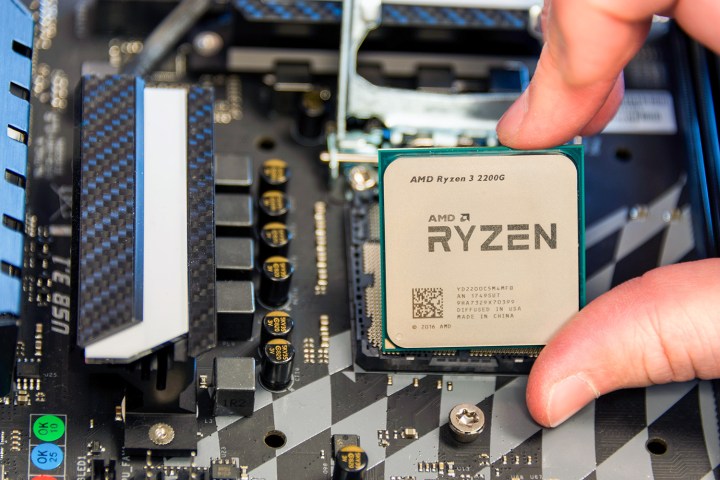You’ve probably seen 32-bit and 64-bit options available whenever you download an app or install a game. Your PC might even have a sticker that says it has a 64-bit processor.
But does it really matter when most new PCs have a 64-bit processor? Here’s the real difference between 32-bit and 64-bit.
Here’s why it matters
Simply put, a 64-bit processor is more capable than a 32-bit processor because it can handle more data at once. A 64-bit processor can store more computational values, including memory addresses, which means it can access over 4 billion times the physical memory of a 32-bit processor. That’s just as big as it sounds.
Here’s the key difference: 32-bit processors are perfectly capable of handling a limited amount of RAM (in Windows, 4GB or less), and 64-bit processors can utilize much more. Of course, to achieve this, your operating system also needs to be designed to take advantage of the greater access to memory. This Microsoft page runs down memory limitations for multiple versions of Windows, but if you’re running the latest Windows 10, you don’t need to worry about limits.
With an increase in the availability of 64-bit processors and larger RAM capacities, Microsoft and Apple both have upgraded versions of their operating systems designed to take full advantage of the new technology. The first fully 64-bit operating system was Mac OS X Snow Leopard in 2009. Meanwhile, the first smartphone with a 64-bit chip (Apple A7) was the iPhone 5s.

In Microsoft Windows, the operating system’s basic version puts software limitations on the RAM amount that applications can use. Even in the ultimate and professional version of the operating system, 4GB is the maximum usable memory the 32-bit version can handle. While the latest versions of a 64-bit operating system can drastically increase a processor’s capabilities, the real jump in power comes from software designed with this architecture in mind.
Applications and video games that demand high performance already take advantage of the increase in available memory (there’s a reason we recommend 8GB for almost anyone). This is especially useful in programs that can store a lot of information for immediate access, like image-editing software that opens multiple large files simultaneously.
Most software is backward compatible, allowing you to run applications that are 32-bit in a 64-bit environment without any extra work or issues. Virus protection software (these are our favorites) and drivers tend to be the exception to this rule, with hardware mostly requiring the proper version to be installed to function correctly.
The same, but different
You can find an excellent example of the data processor capacity differences through your computer’s file network. On a Windows computer, there are two Program File folders: Program Files and Program Files (x86).
Through the Windows system, all applications use the same shared resources called DLL Files. These files are structured slightly differently depending on whether you’re running a 32-bit or 64-bit application. You’ll run into some obstacles if a 32-bit application tries to reach for a 64-bit DLL version. In those instances, the application will typically stop working.
Many applications still use the 32-bit operating system because its design has been on the market for a long time. However, that’s changing on some platforms. Some developers have found a solution; on Modern 64-bit systems, you can run both 32- and 64-bit software. The computer uses two specific Program File directories. If your 32-bit app is in the correct x86 folder, your computer will be able to access the correct 32-bit version. Beyond that, the applications in your Program Files directory can access other available content.
Editors' Recommendations
- What is a CPU? Here’s everything you need to know
- Full AMD Zen road map leaked, giving a peek of what’s coming
- FreeSync vs. G-Sync
- Modem vs. router: What’s the difference?
- AMD Radeon RX 5700 XT vs. Nvidia RTX 2070 Super




